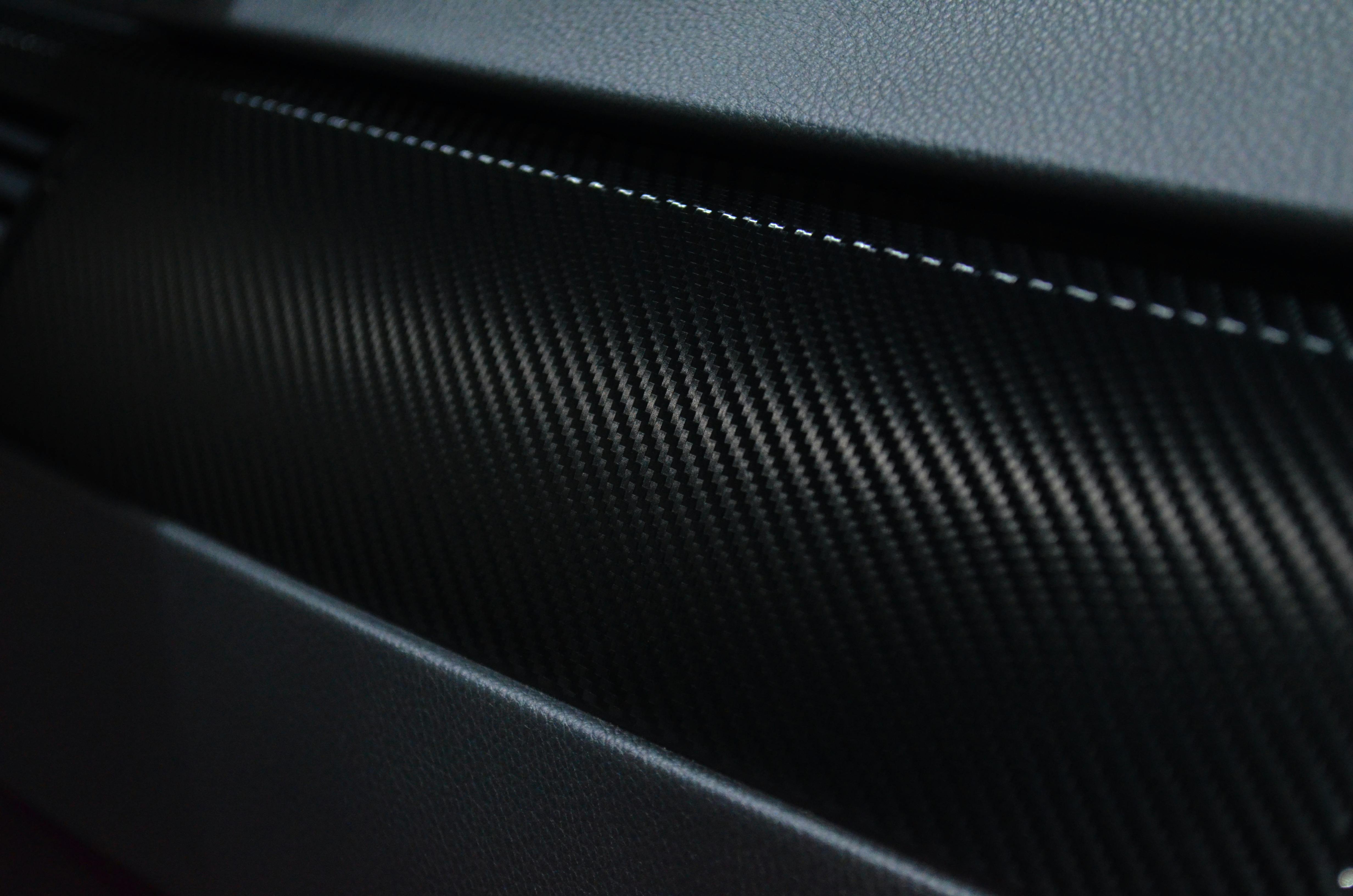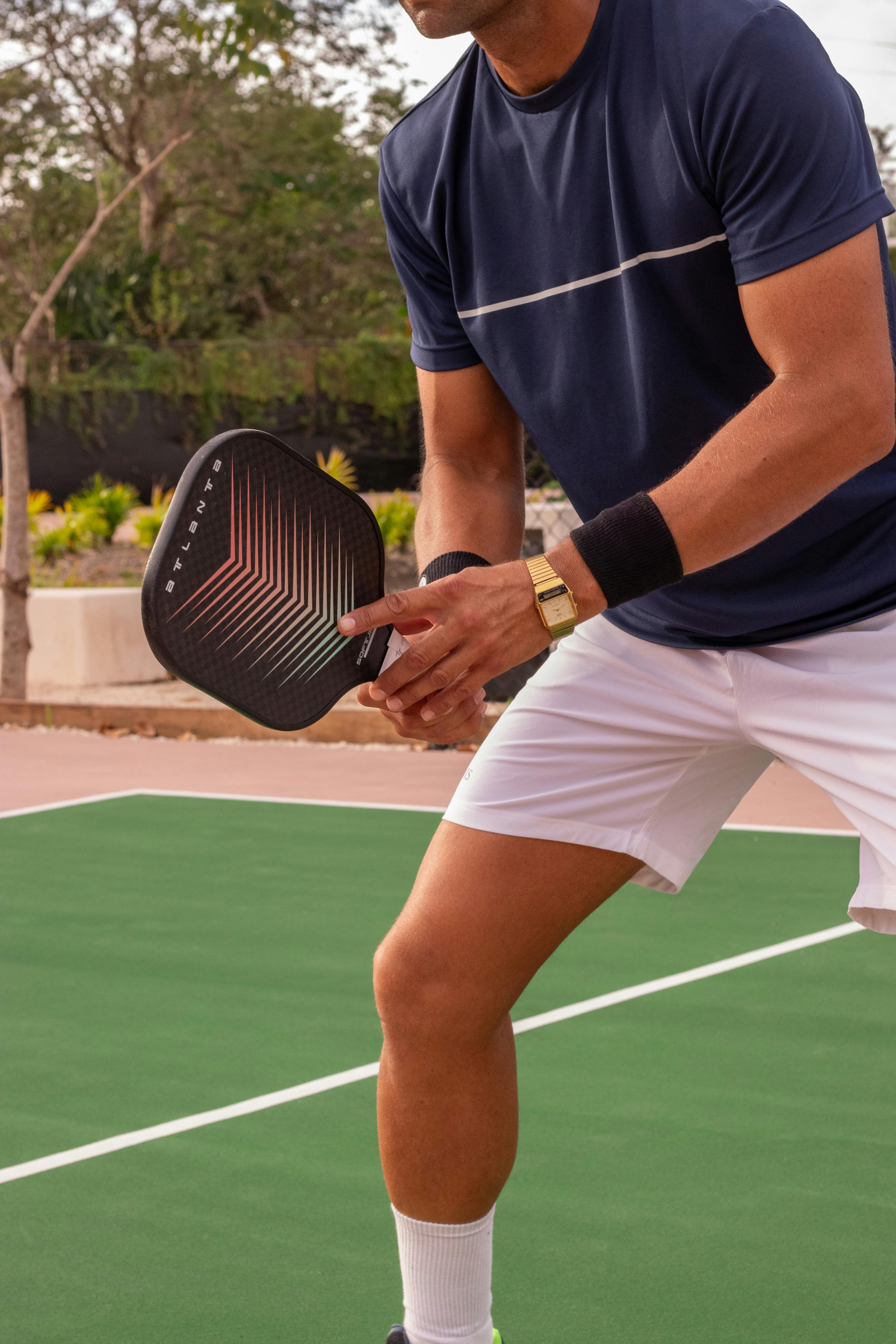For pickleball enthusiasts, the choice between carbon fiber and fiberglass paddles isn’t as simple as picking what feels good in the store. The material shapes everything from how you grip the paddle to the sound it makes when you land that perfect dink. Over hundreds of games, and after listening to countless members of the PickleballMate community, we’ve found that understanding how materials interact with your unique playstyle unlocks an edge in both enjoyment and performance.
What Really Separates Carbon Fiber and Fiberglass Paddles?
The difference is more than just a label. Each material responds uniquely to force and touch, which can help or hinder your gameplay. Let’s break down their construction and practical impact for real players like us.
Material Science 101: The Feel in Your Hand
- Carbon Fiber: Layers of carbon filaments create a stiff surface. This means more precise energy transfer when you strike the ball, resulting in cleaner shots and less vibration through your arm.
- Fiberglass: Made of woven glass fibers, offering a softer, slightly springier face. You’ll notice more “pop” and a forgiving feel on off-center hits.
Performance: How Material Impacts Your Game
| Attribute | Carbon Fiber | Fiberglass |
|---|---|---|
| Feel | Crisp, controlled, consistent | Soft, lively, forgiving |
| Power | Requires solid technique for max output | Easier power with less effort |
| Spin | Excellent grip & spin potential | Moderate spin, but great pop |
| Control | Best for deliberate, strategic play | Great for quick rallies and power hits |
| Durability | Generally lasts longer with frequent play | Excellent for casual play, replace more often if heavy user |
| Price Range | Usually $120–$200+ | Often $75–$150 |
Who Should Choose Carbon Fiber?
Based on what we’ve seen (and what PickleballMate readers tell us), carbon fiber excels when:
- You love the chess game: Players who focus on soft dinks, subtle placement, and strategic point-building appreciate the consistent sweet spot and superior control.
- Your technique is dialed in: A carbon face rewards clean mechanics. If you take the time to practice drops, resets, and spin, you’ll see a tangible improvement in execution.
- You play hard and often: Those of us logging four or more weekly matches or entering tournaments want a paddle that holds up over time. Carbon fiber typically resists wear and warping better.
- Spin is your secret weapon: The gritty carbon surface can grip the ball, letting advanced players put wild cuts or controlled top-spin on the ball—especially for tricky serves and put-aways.
Who Thrives With Fiberglass?
We find that fiberglass is a hit with players who value:
- Instant power and pop: If you want effortless drive from the baseline or quick-fire volleys at the net, fiberglass helps provide extra zip—no advanced mechanics required.
- A more forgiving paddle: Players still developing precision get friendlier performance on mishits and off-center strikes. This can boost confidence when building your game.
- Budget matters: Many high-quality fiberglass paddles are more accessible price-wise, delivering solid value—especially if you’re just starting or playing seasonally.
- Casual and social play: If you play a few times per week or less and prioritize fun, the soft feel and accessibility of fiberglass fits right in.
In-Depth: How Material Changes the Game Experience
1. Control vs. Power – Where Does Each Material Shine?
- Carbon Fiber rewards precise players who want to keep their volleys low and strategically dictate the pace of rallies. You’ll notice more accurate drop shots and defensive resets. If you play regularly in a competitive group or club, this control shifts close matches in your favor.
- Fiberglass paddles feel more reactive: you’ll get lively ball action, making it easier to punch through blocks or speed up exchanges at the net. Fast hands at the kitchen line can really thrive with this paddle when playing doubles.
2. Spin & Touch – Who Gets More Grit?
- Carbon Fiber surfaces, especially newer textured versions, create more friction. For advanced players (or those learning spin tactics), this means sharper slice serves and dip volleys are easier to master.
- Fiberglass does spin too—especially if paired with a gritty coating. But in practice, it’s usually a tradeoff with raw power, with less maximum spin than carbon.
3. Longevity: Built for the Long Haul?
- Carbon Fiber paddles tend to hold performance over hundreds of hours. This matters if you invest in mid/high-end gear and play several times a week.
- Fiberglass paddles still last well, but heavy hitters or daily players may notice wear and loss of pop sooner. For recreational players, though, a well-made fiberglass paddle does the trick for years.
Player Profiles: Find Yourself Here?
You Might Prefer Carbon Fiber If…
- You play 2+ times weekly, belong to a club, or compete regularly
- You spend time on YouTube or with coaches fine-tuning technique
- You like being part of the community that obsesses over gear upgrades and maximizing every edge
- You have a history with racquet sports like tennis or squash, and you value touch over brute force
You Might Prefer Fiberglass If…
- Your top priorities are fun, fitness, and friendly play
- You appreciate value and don’t want to overspend
- You enjoy pressing the attack and experimenting with different shots to see what works, without worrying about perfection
- You’ve only recently discovered how addictive pickleball can be!
Our PickleballMate Process for Choosing a Paddle
On PickleballMate, we coach our readers to make their paddle choice by:
- Assessing your “play frequency” and usual court vibe – Are you in structured league play or mellow rec games?
- Testing paddles at a local club or through demo programs – Feeling both surface types side-by-side is eye-opening.
- Watching for soreness/fatigue – If vibration bugs your elbow or wrist, carbon’s stiffness may exacerbate it, making a softer fiberglass core more comfortable.
- Considering future goals – If you plan to practice or go up in skill ranking, investing in carbon early might pay off.
Quick Reality Check: Common Myths We Hear
- “Carbon is always better for spin”: Most high-spin paddles are carbon, but paddle shape and surface roughness matter as much as material. Don’t buy for buzzwords—try before you commit.
- “Fiberglass is only for beginners”: Plenty of experienced players (especially power hitters or those with tennis backgrounds) prefer the punchy, lively feel of a top-notch fiberglass face.
- “A more expensive paddle guarantees improvement”: Fancy gear helps, but technique, footwork, and consistency matter most. Material should complement your game, not replace skill-building.
Summary Table: At-A-Glance Recommendations
| Your Style | Best Material | Why? |
|---|---|---|
| Strategic, placement-driven, frequent player | Carbon Fiber | Precise, consistent, long-lasting |
| Fast hands, aggressive, casual/rec play | Fiberglass | Forgiving, powerful, budget-friendly |
| Chronic shoulder issues or tennis elbow | Fiberglass/Core with shock absorption | Softer feel, less jarring on joints |
Tips for Testing Paddles (From Experience!)
- Find a local demo day or borrow from a friend. Test both short-court dinks and baseline drives to feel subtle differences.
- Ask someone to feed you rapid-fire volleys—notice how your arm feels after a few minutes. Do you crave more control or power?
- If you’re part of a club or league, chat with other players about what they use and why. There’s no one right answer, but consistent stories emerge when you listen closely!
Final Thoughts: Finding Your Paddle Identity
The truth is, you can’t go wrong as long as you understand your goals and honestly assess your playing style. If you want to maximize skill growth, invest in quality materials that will keep up with you. If you’re simply playing for community, fun, and sweat, a good fiberglass paddle will give you seasons of memory-making moments.
Most importantly: don’t overthink—enjoy the process. Your game will evolve, and so can your paddle!
Want to Dive Deeper?
At PickleballMate, we help you take the guesswork out of picking gear. Check out our in-depth Guide to Choosing the Right Pickleball Paddle or our latest Paddle Reviews for our picks that best match varied skill levels and play ambitions.
Sign up for our mailing list for exclusive tips, gear recommendations, and event invites—and feel free to share this resource with your club or league to help others elevate their game!






